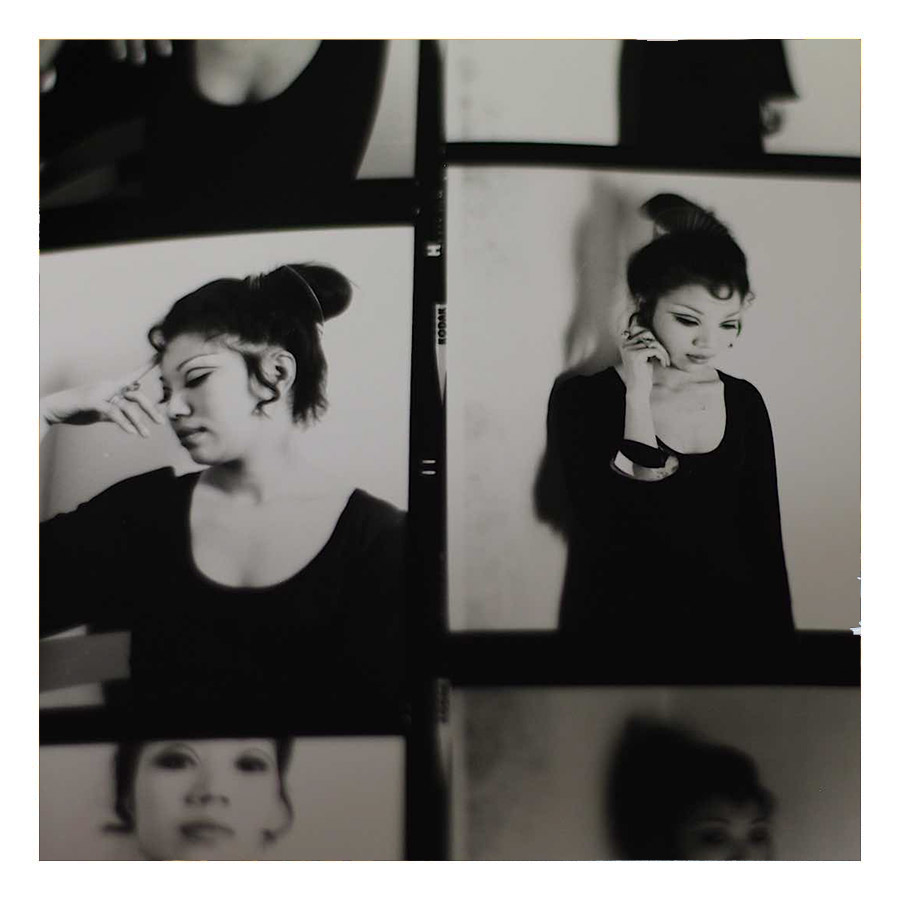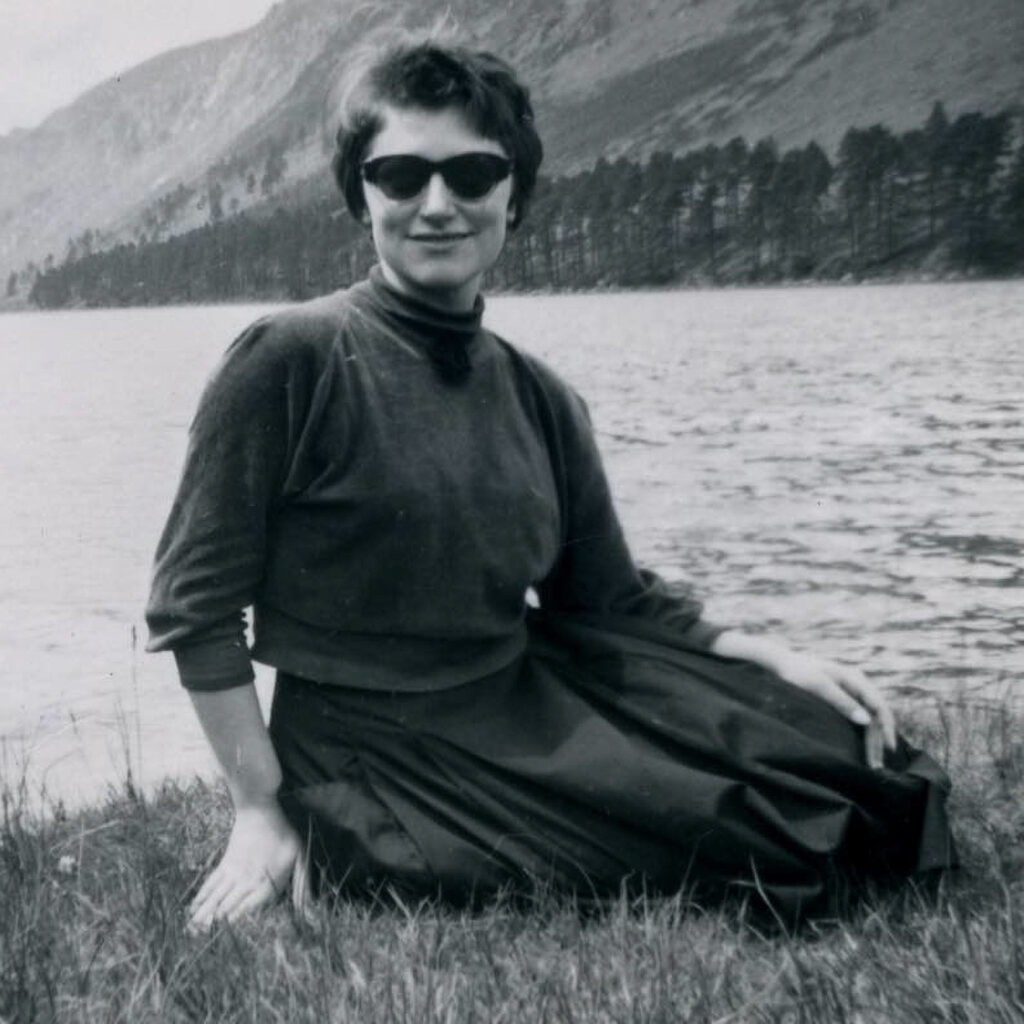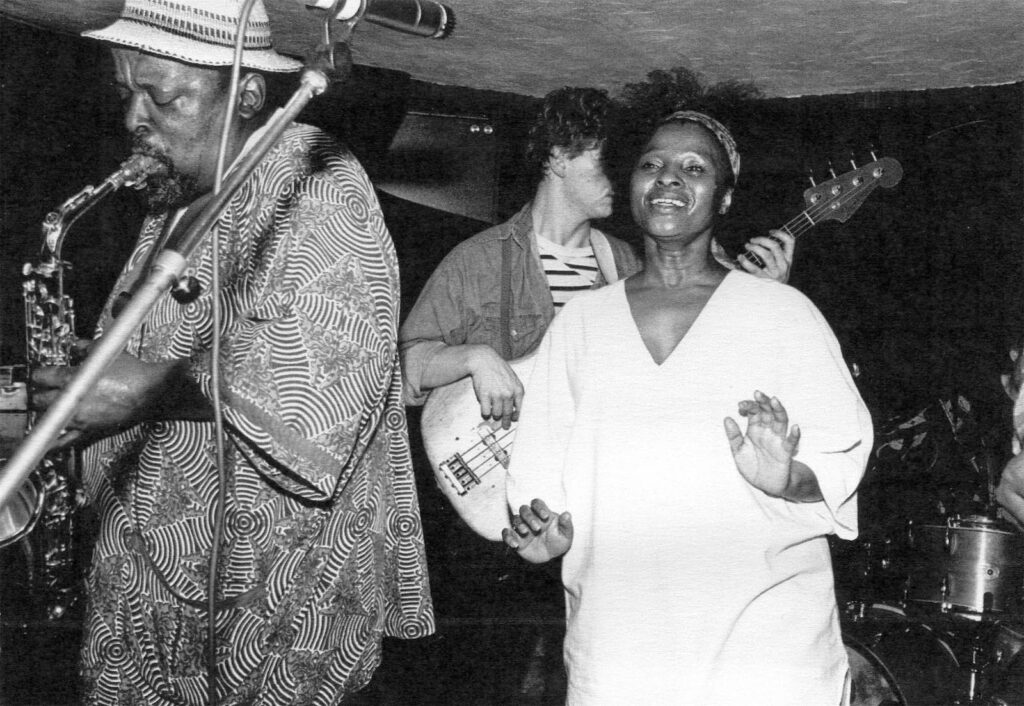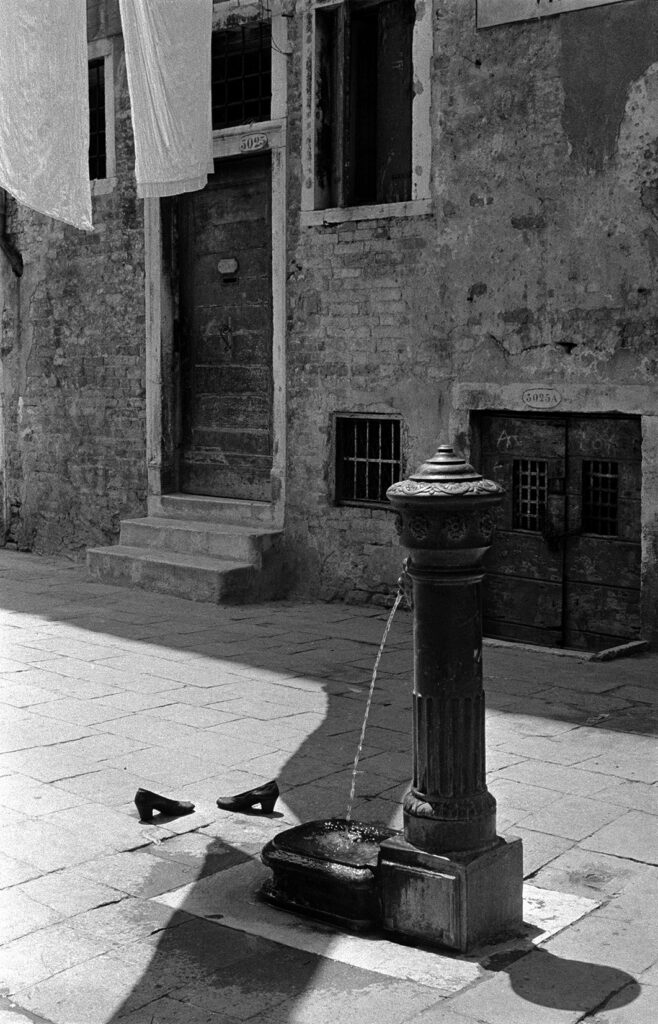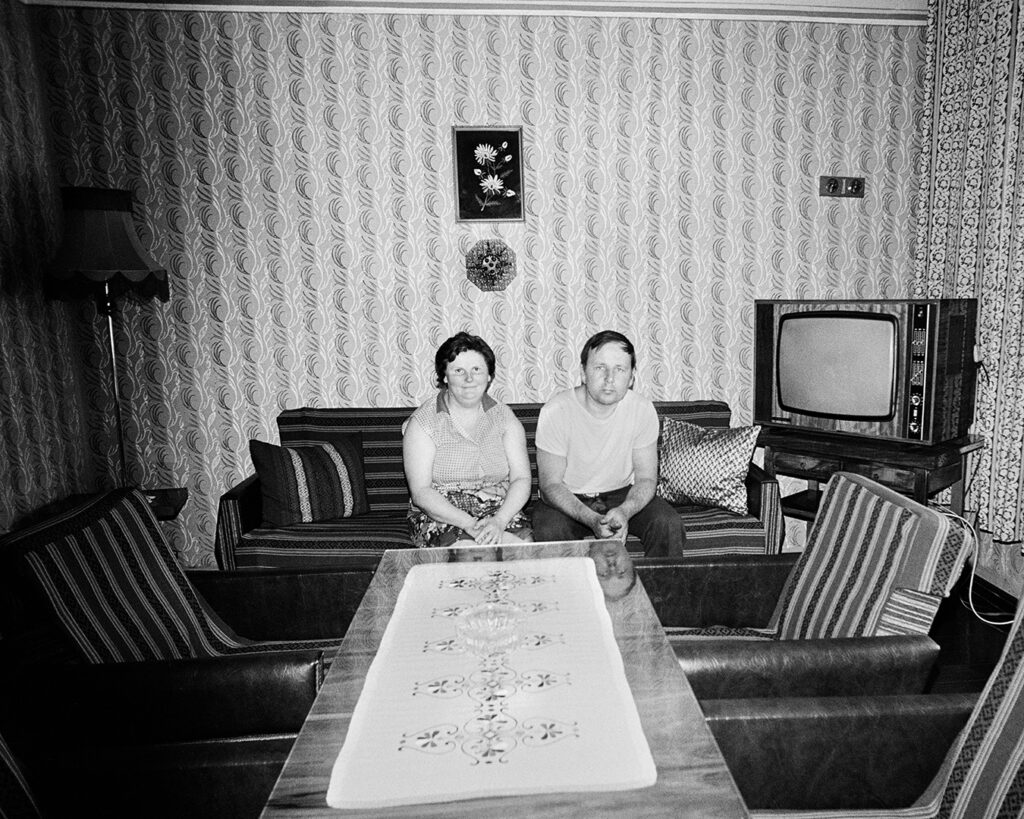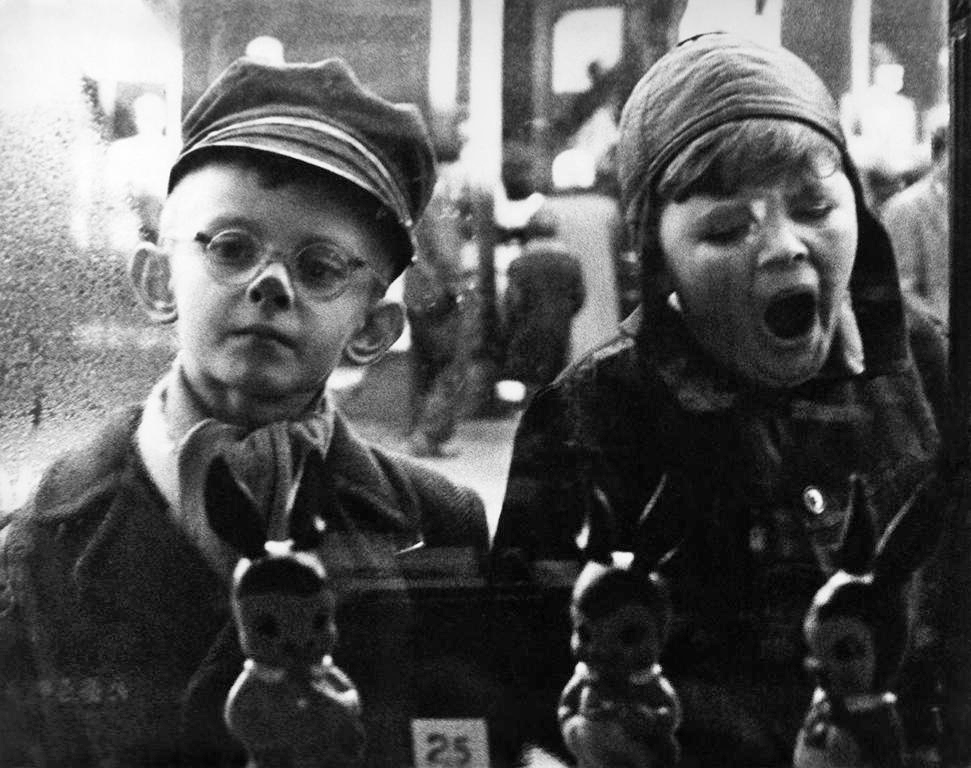7 Historical Heroines born in May
Seven women in photography to celebrate this month…
Zofia Rydet born 9th May 1911
Zofia Rydet was born in Stanislawow, Poland. She took up photography as a 40 year old; a self-taught artist, she joined the Gliwice Photographic Society in 1954 to her develop her skills as a humanist photographer.
In 1961 Zofia had her first major exhibition, Maly Czlowiek, (Little Man), with captions by poet Dr Janusz Korczak. She was inspired to document humanity and photograph children in post-war situations. Between 1963 and 1977 she worked on Czas Prezemianija (The Passage of Time), photographing old age.
In 1978, at the age of 67, Zofia’s final project was the Sociological Record – a mission to photograph every household in Poland. She took more than 30,000 black and white photos – mainly in Podhale, Upper Silesia and the Suwalki area – depicting people from all walks of life in their typical surroundings and capturing loneliness, fear, loss, happiness and hope. She created an invaluable record of communist Poland, and her photography has been compared to August Sander’s portraits of the 1920s.
Gertrude Käsebier born 18th May 1852
For legendary photographer Gertrude Käsebier (née Stanton), photography was a means to escape an unhappy marriage and become financially independent.
At the age of 37, she enrolled at The Pratt Institute in New York (1889 -1893) to study painting, where she quickly distinguished herself as a pictorial photographer. She opened a studio on ‘Ladies Mile’, 5th Avenue in 1897, where she produced art portraits but also undertook commercial work.
In 1902, Gertrude was a co-founder of the Photo-Secession group, with Alfred Stieglitz and Edward Steichen, which was dedicated to promoting photography as an art form. After a rift, she set up Pictorial Photographers of America in 1916 with Clarence White.
Gertrude trained many women in photography as apprentices over the years, including Alice Austin (1862-1933) Alice Boughton (1866-1943), and the Parrish sisters Williamina (1879-1941) and Grace (1881 – 1954). She also influenced the work of Imogen Cunningham and Laura Gilpin.
Kati Horna born 19th May 1912
Kati Horna was a surrealist photographer and photojournalist who introduced a personal, feminine approach to reportage photography. Her work exhibits an innovative, poetic visual narrative.
Born in Hungary, Kati grew up between Berlin and Budapest, where she met her friend Robert Capa. She aligned with the avant garde and its use of photography for revolutionary change. Of Jewish origin, Kati was forced to emigrate to Paris when the Nazis rose to power, where she was influenced by the Surrealists, and then on to Spain to document the Spanish Civil War. She applied experimental techniques such as photomontage and collage, double exposure, and negatives to her reportage photography.
When the Second World War broke out, she fled to Mexico where she died in 2000. Exiled all her life, she found her home there among the Mexican cultural Renaissance while teaching and working for magazines, turning her camera again towards marginalised people and reporting on the abuses in psychiatric institutions, such as La Castañeda (1944).
Elisabeth Buchmeyer Lewis born 24th May 1935
Travelling from Westphalia in northern Germany to London in 1950, Elisabeth undertook study in graphic design and film in pursuit of creative freedom and independence.
She enrolled on a Diploma Course in Photography at the London College of Printing (LCP, now LCC University of the Arts London) and quickly established herself as a modernist photographer in the creative new wave. She shared a studio in London Blackfriars with photographers Felicia Cronin, Penny Tweedie and Paris Match staffer Roy Dickens.
Elisabeth’s photographs chart the course of an astonishing freelance career, reflecting her eclectic interests. She defied gender norms as a successful sports car photographer, and was noted for photographing families, artists, leisure activities, and the working lives of women, as well as live music.
In her later career, Elisabeth taught and wrote and took photographs for publications such as The Telegraph, 19 Magazine, House Beautiful, Spare Rib and Nova.
In April 2022, Hundred Heroines became the sole custodians of her archive.
Ruby Washington born 26th May 1952
Ruby Washington was the first African American woman to work as a staff photographer for The New York Times. Growing up in rural Georgia, Ruby went on to study photography first in Miami, Florida and then finally in New York City.
She was hired immediately after graduation by the New York Times in the 1970s. Working first in their photo lab as a technician, she overcame racism and chauvinism to become a permanent staff photographer and worked as one of the paper’s most celebrated photographers until her retirement in 2014.
Her camera brought her to the front lines of world politics and to the streets of New York City. She documented crime scenes and disasters and the aftermath of hate crimes – promoting empathy rather than exploiting those most affected. Her deep appreciation for the performing arts is evident in her later colour dance photographs.
Dorothea Lange born 26th May 1895
Dorothea Lange’s photographic journey was one of socio-political activism. Despite running a successful portrait studio in San Francisco during the 1920s, she gained recognition through her photographs of the Great Depression, such as White Angel Breadline (1933), for the Resettlement Administration (later the Farm Security Administration/ WPA).
Documenting Dust Bowl migrants and rural poverty for the WPA, her most famous image from this period, Migrant Mother (1936), demonstrates the power of photography for social reform: it is possible that the publication of Migrant Mother in the San Francisco News persuaded the State Relief Administration to provide food rations for 2000 fruit pickers in Nipomo the day after.
Recording life on the home front during World War 2, Dorothea would also use photographs like Just About to Step into the Bus for the Assembly Center (1942) to criticise the War Relocation Authority and the internment of Japanese Americans, incurring the risk of censorship from the government.
Inge Morath born 27th May 1923
Born in Austria in 1923, Inge Morath was raised in Nazi Germany, from which she escaped in 1945 to Vienna and then Paris.
Inge was one of the first women members of Magnum Photo Agency. She was a rare combination at that time: a linguist, a writer and an exacting technician. She was already an experienced editor and reporter, and soon became known as an intrepid photographer, willing to travel widely and deep-dive into other cultures.
Her first assignments included documenting the campaign for women’s rights under Franco in Spain. She also was commissioned to photograph in London’s Soho and Mayfair. From the portraits of artists and stars, to the ethnographic studies of Iran and Spain of the 50s, Gaza and later China in the 70s, she captured people and places equally with great skill and humanity.
To honour her legacy, Magnum sponsors the Inge Morath Award, given annually to a woman photographer under 30.
By Paula Vellet

